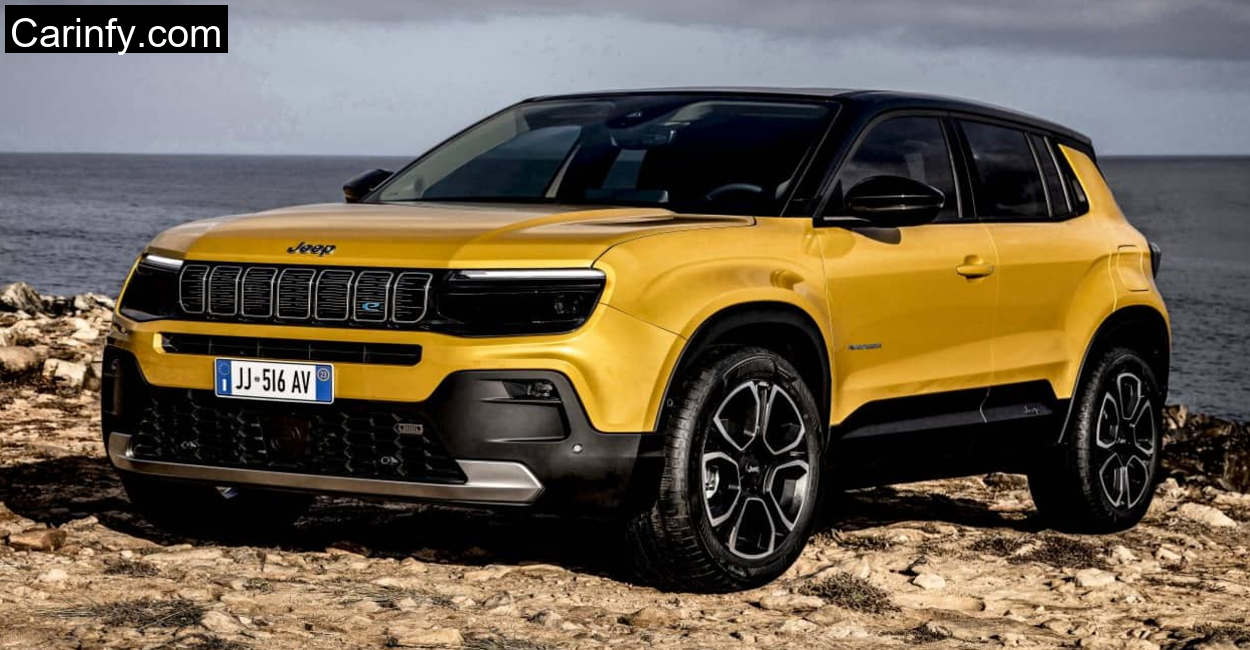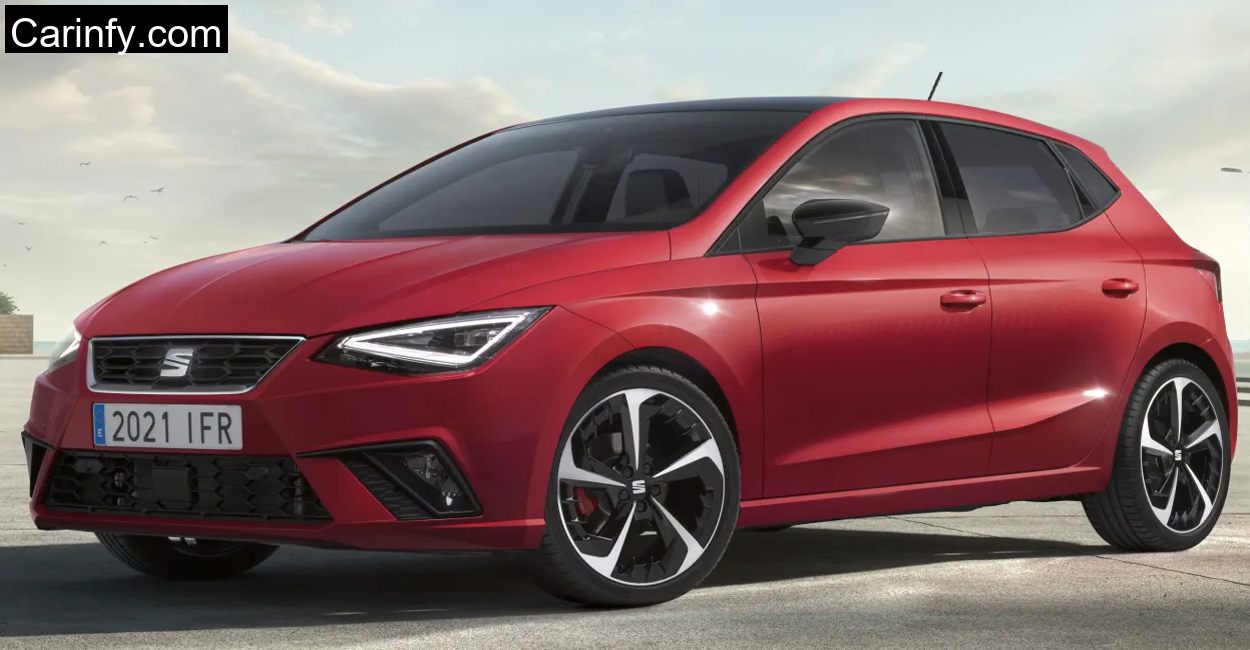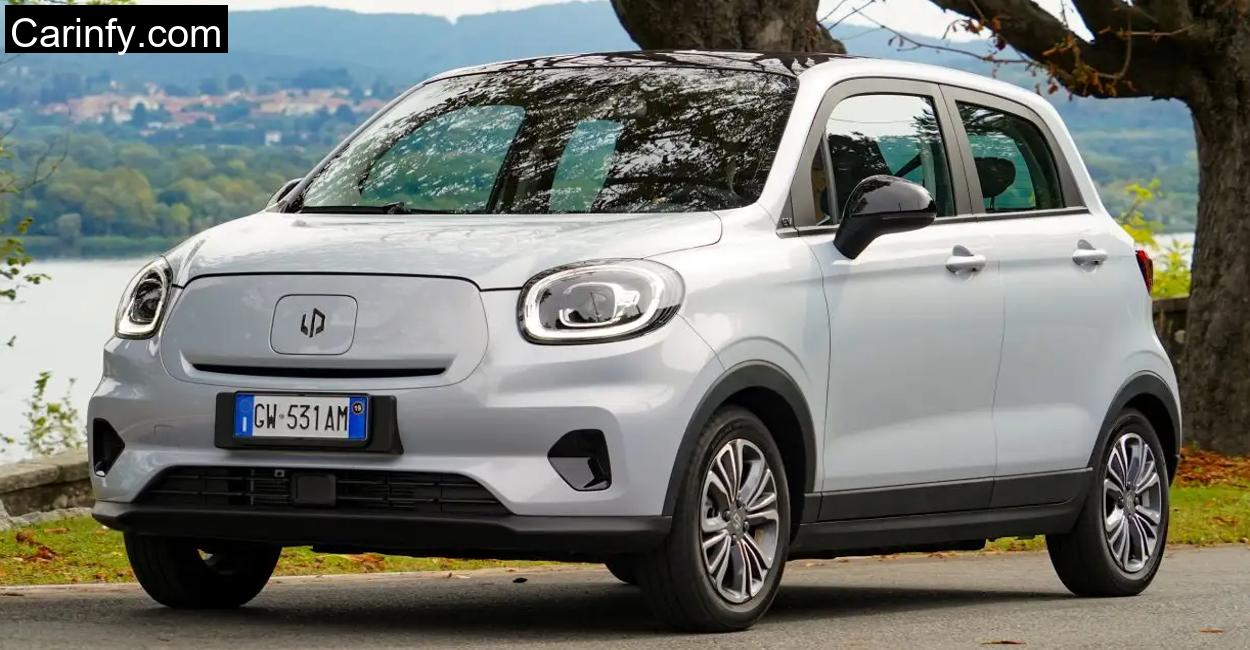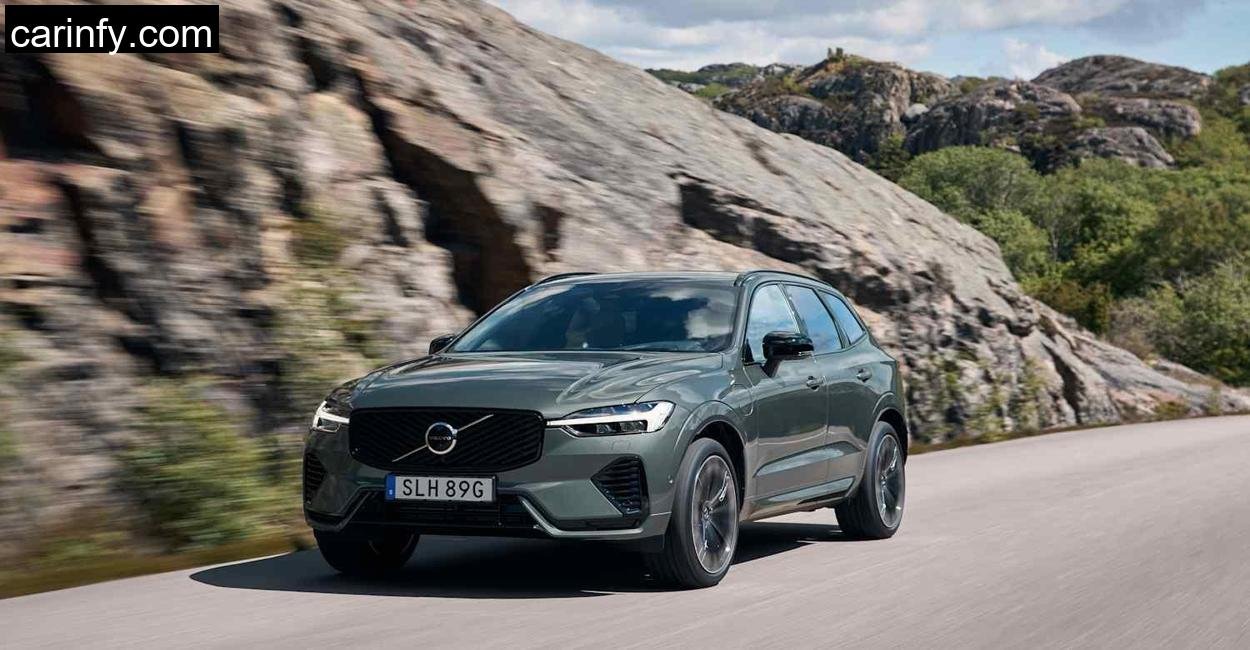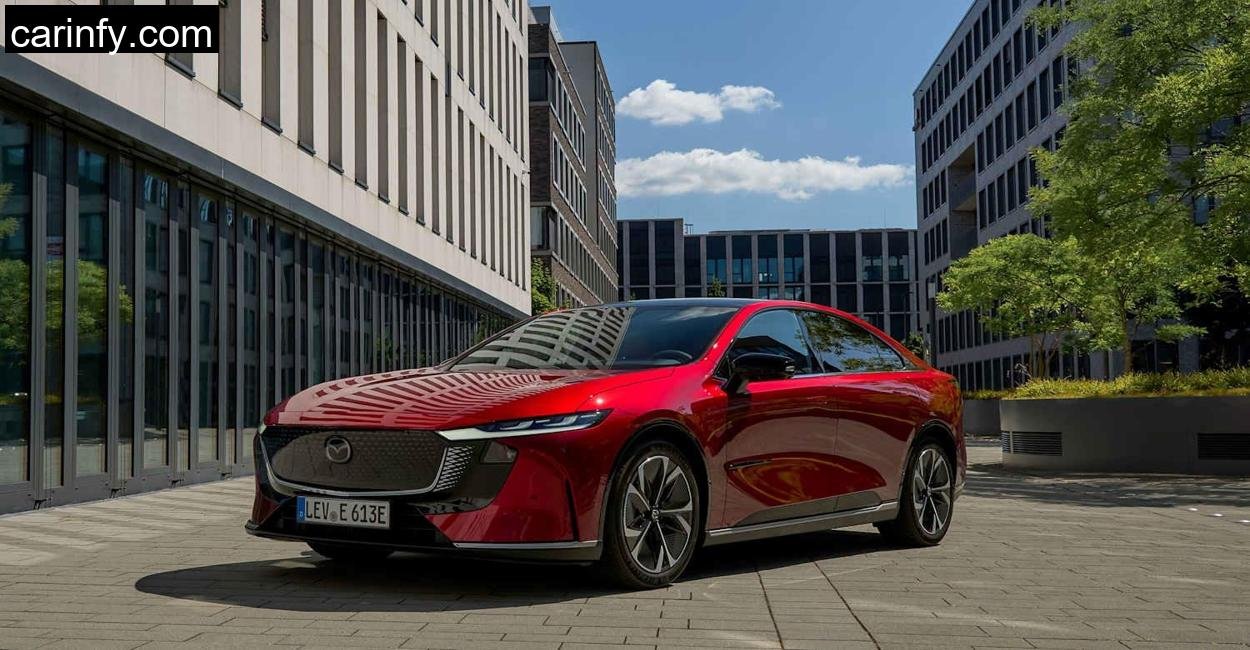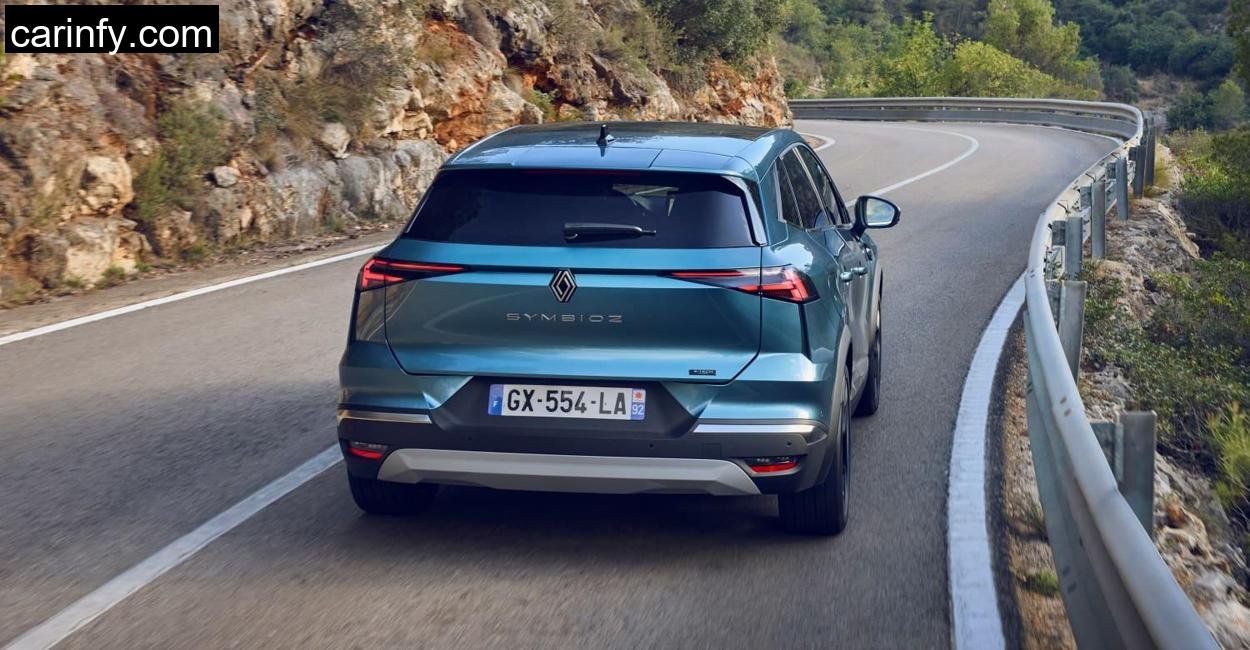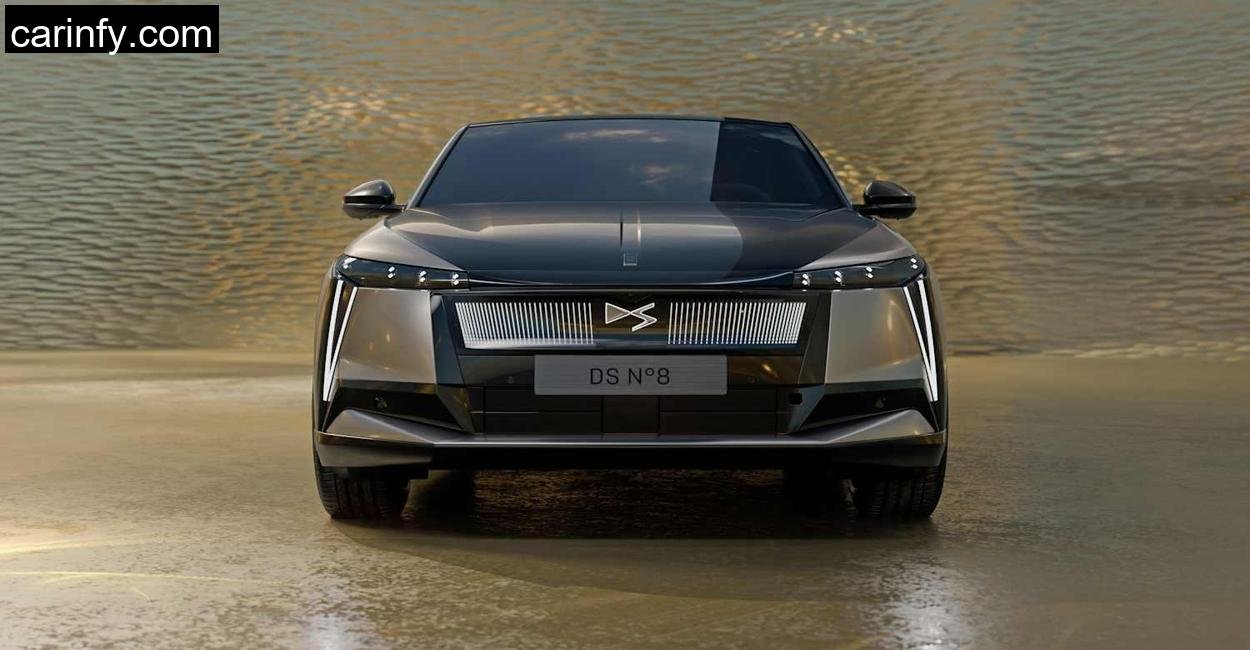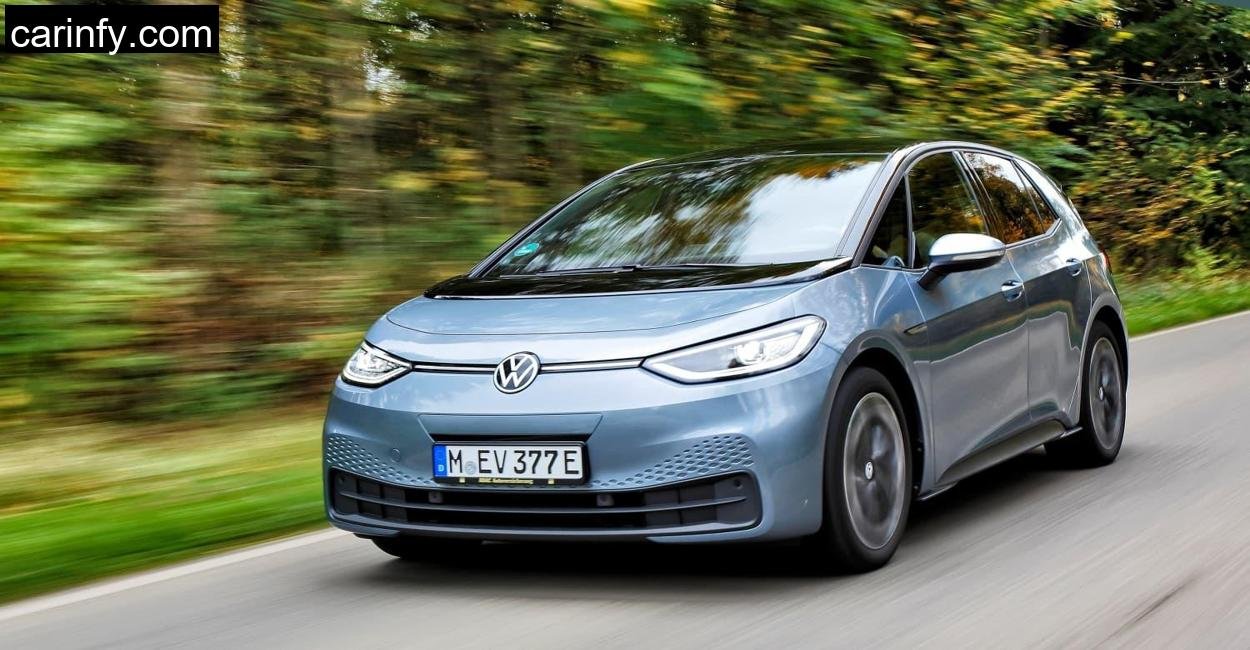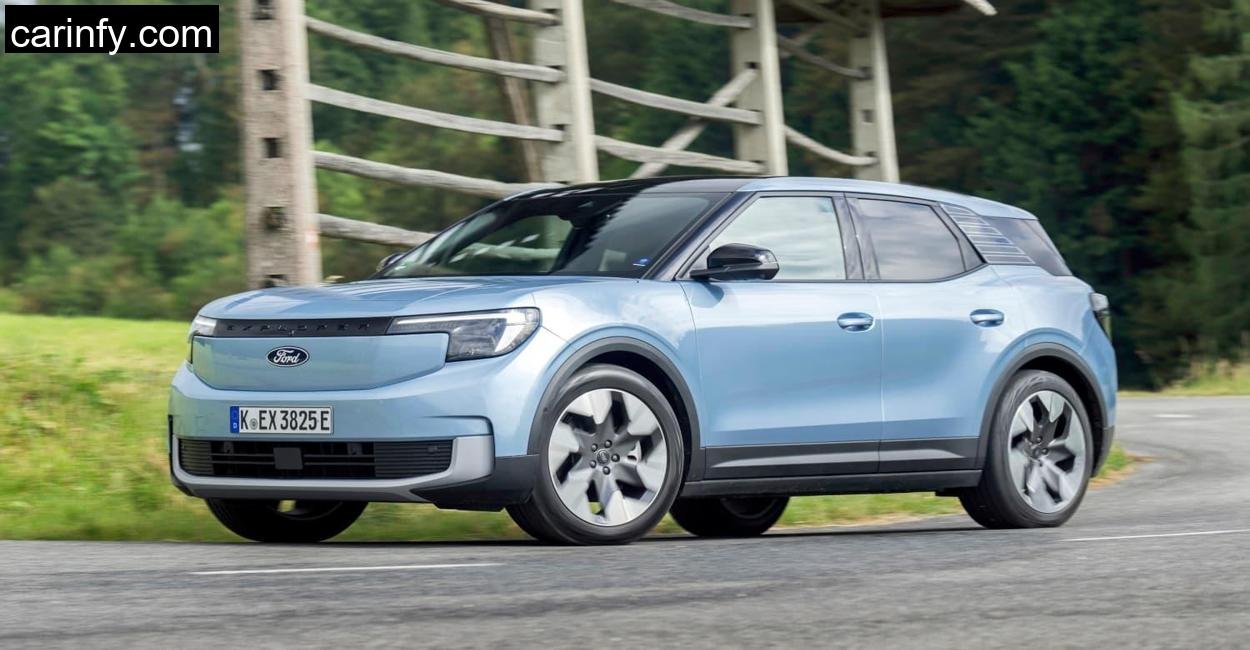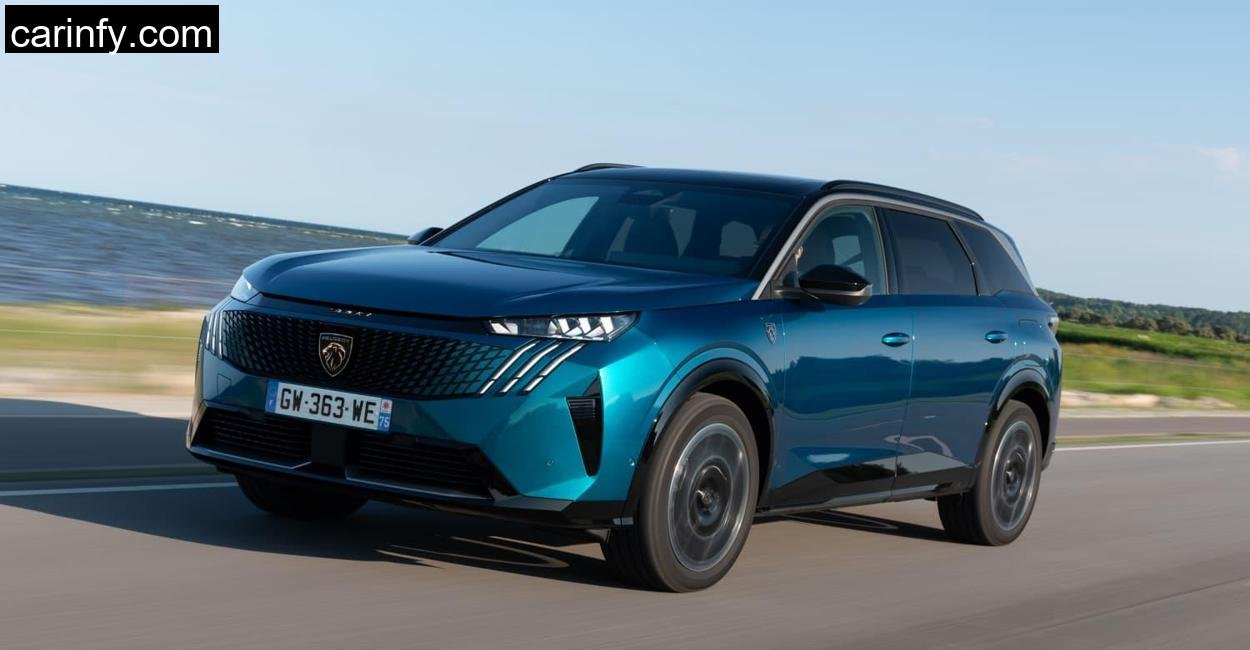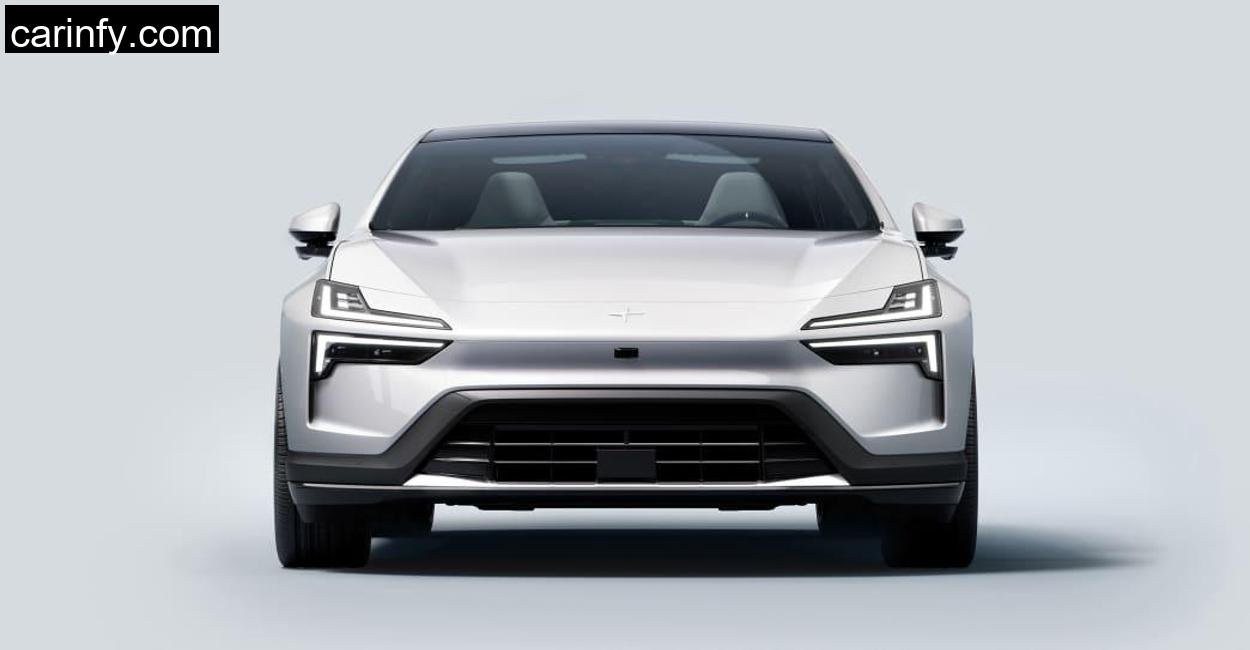Mont Ventoux. The name alone stirs something inside you. Rising out of the Provence landscape like a bald-headed giant, it’s long been a proving ground for cyclists, adventurers, and now, electric SUVs. I wasn’t here to test pedals and gears, though. I had the keys to Jeep’s boldest small SUV yet, the fully electric 2025 Jeep Avenger. A car that promises a lot for its size: space, efficiency, and capability with a fresh electric drivetrain baked into Stellantis’ newer eCMP2 platform.
My job that day was simple: take the Avenger up, around, and down Mont Ventoux and see what it’s really made of. From scenic valleys to winding climbs, this little EV was about to face one of France’s most iconic terrains. Let’s just say, it gave me more than one reason to respect its quiet confidence.
Under the Hood: What Powers the Jeep Avenger?
Before I get into the twisties of Ventoux, let’s talk specs. This isn’t your average badge-engineered crossover. Compared to its electric Stellantis siblings, the Peugeot e-2008 and Opel Mokka Electric, the Avenger boasts an updated eCMP2 platform. That means a stronger, more refined foundation for EV driving. Underneath, there’s a single front-mounted electric motor producing 156 hp (115 kW) and 260 Nm of torque. It’s paired with a 54 kWh battery (51 kWh usable), which feeds that power to the front wheels.
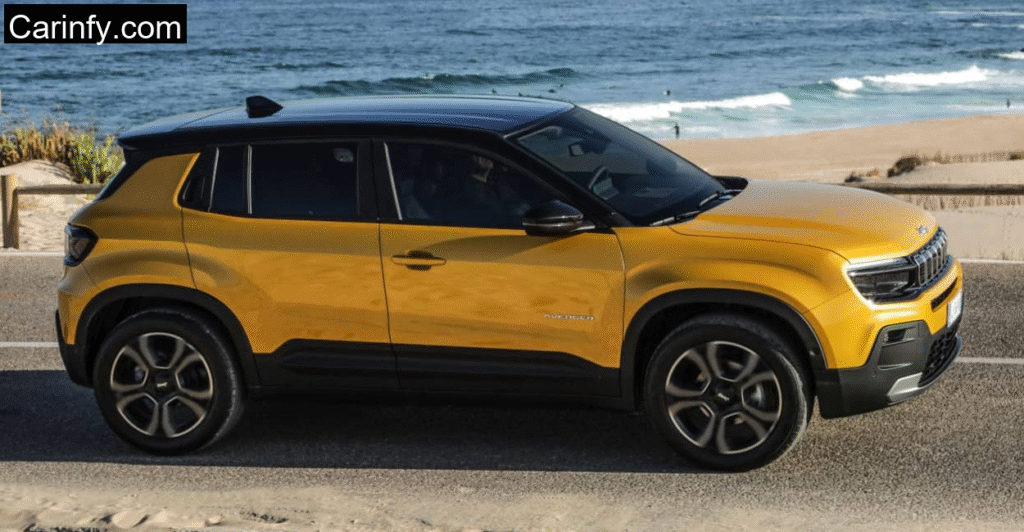
The Climb Begins – Range, Consumption, and Regeneration
The morning was crisp, 8°C when I began my ascent from the foothills near Bédoin. I had the Avenger fully charged the night before using a wallbox. Jeep claims a max WLTP range of around 404 km, but I always take those figures with a healthy pinch of skepticism. And rightly so, by the time I reached the summit, my average consumption read 18.8 kWh/100 km, giving me a projected real-world range of about 270 km.
Now, here’s the thing: climbing a mountain isn’t kind to any EV. I watched the range drop faster than the altitude numbers climbed. But that’s the charm of electric driving, you get to play this constant game of consumption vs. regeneration. And once I pointed the Avenger downhill, it clawed back energy through strong brake regeneration. I actually managed to recover nearly 8% charge during the descent. The one-pedal feeling in “B” mode is satisfying, and while it doesn’t bring you to a complete stop, it makes mountain driving intuitive and a little addictive.
Handling and Road Comfort – Light but Confident
Driving the Avenger up Mont Ventoux revealed something fascinating. Despite being an SUV, it felt tight and composed on tight hairpins. At just 1.5 tons, it’s relatively light for an EV in this segment. The low center of gravity, thanks to its 340 kg battery pack in the floor, gives the Avenger a surefooted feel. There’s little body roll, and the steering, while not razor-sharp, is predictable and progressive.
Don’t expect hot hatch agility, but do expect confidence, even on wet rock or loose gravel. I was skeptical of the front-wheel-drive layout at first (this is a Jeep, after all), but the traction held remarkably well, aided by the Selec-Terrain drive modes. I kept it in “Normal” most of the time, only shifting to “Mud” when venturing onto an off-road segment lined with wet pine needles. It’s no Wrangler, but for light trails and mountain passes, it’s enough.
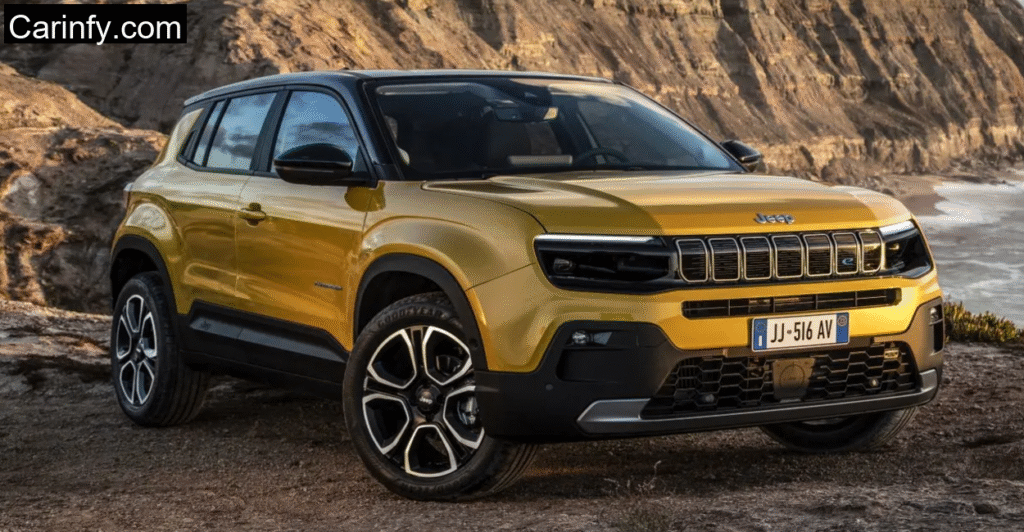
Inside the Cabin – Simplicity, Space, and Surprise
After an hour of climbing, I pulled over at a scenic overlook. Time to rest, and really soak in the cabin. My test unit was the Altitude trim, which hits a sweet spot between affordability and features. The 10.25-inch infotainment screen is clean and responsive. I had wireless Apple CarPlay running, music streaming, and the built-in TomTom nav guiding me up the winding mountain. I loved the tactile climate controls, no deep menu diving, just good ol’ buttons and dials.
The seats? Surprisingly plush. Heated up front (except in the base model), with six-way adjustment for the driver. Space up front is generous, and while the rear seats are tighter, there’s room for two adults or three kids. The ISOFIX mounts were easy to access, which any parent will appreciate. With the panoramic roof overhead, the cabin felt airy, even if the clouds outside were thickening.
What truly stood out was the storage. Jeep claims 34 liters of cabin storage, and I believe them. Between the huge door pockets, customizable cup holders, and a deep center console, the Avenger swallowed water bottles, my drone kit, and even a rolled-up jacket without breaking a sweat.
Charging at Altitude – A Short Coffee Break
Later in the afternoon, with battery hovering at 22%, I pulled into a nearby DC fast charger in Malaucène. Hooked it up to a 100 kW station, and in just over 24 minutes, I went from 20% to 80%. Enough time for a croissant and an espresso. Jeep’s onboard charging display is clear and informative, letting you monitor speed and remaining time.
If you’re using an 11 kW home wallbox, expect just under 6 hours for a full charge. But if you’re relying on standard AC at 1.8 kW, set aside a full day and then some. Pro tip: use scheduled charging overnight to capitalize on cheaper electricity rates, easily configured via the Jeep mobile app.
Technology and Driver Assistance – Thoughtful, Not Overloaded
The Avenger doesn’t overdo tech, and that’s a compliment. The digital cockpit (10.25-inch in my model) is clear and customizable. The infotainment, updated over-the-air, never lagged or crashed. Jeep’s smartphone app is also quite practical, you can preheat the cabin, lock/unlock the car remotely, and check battery levels with a tap.
As for safety, Jeep’s got your back. Even the base model has lane departure warning, automatic emergency braking, and cruise control. Move up to Altitude or Summit, and you get adaptive cruise, blind spot assist, a 360° rear camera, and level 2 semi-autonomous highway driving through Highway Assist. Jeep has clearly taken the European safety checklist seriously.
Technical specifications
For correct and reliable info, we pull technical details directly from Jeep’s website.
| Specification | Details |
| Platform | Stellantis eCMP2 |
| Power | 156 hp (115 kW) |
| Torque | 260 Nm |
| Drive | Front-wheel drive |
| Battery Capacity | 54 kWh (51 kWh usable) |
| 0-100 km/h | 9.0 seconds |
| Top Speed | 150 km/h (electronically limited) |
| Real-World Range | ~270 km (tested) |
| Claimed WLTP Range | Up to 404 km |
| Fast Charging | 100 kW DC (20–80% in 24 mins) |
| AC Charging | 11 kW (5h 34m full charge) |
| Heat Pump | Standard |
| Trunk Space | 355 liters |
| Ground Clearance | 200 mm |
| Length | 4.08 meters |
| Turning Circle | 10.5 meters |
Conclusion – A Mountain-Sized Impression in a Compact Frame
By the time I returned to the base of Mont Ventoux, my impression of the Jeep Avenger had shifted. It may not be the rock-crawling brute some expect from the Jeep badge, but it’s not trying to be. Instead, it’s carving a new identity, one of urban practicality, light off-road ability, and electric intelligence.
For a starting price around €23,500 with incentives, the Avenger punches above its weight. The trunk is roomy, the cabin feels upscale in higher trims, and the range is respectable if not revolutionary. It’s more charming than a Peugeot e-2008, better packaged than an Opel Mokka Electric, and has a design language that stands out without screaming for attention.
Jeep calls it an Avenger. I’d say it’s more of a peacemaker. Quiet, capable, and calmly conquering roads once dominated by noise and petrol.
How long does it take to charge the Jeep Avenger from 0 to 100%?
Using an 11 kW wallbox, it takes around 5 hours and 34 minutes. On a standard AC plug (1.8 kW), it takes over 26 hours. DC fast charging (100 kW) from 20% to 80% takes just 24 minutes.
What’s the real-world range of the Jeep Avenger?
Expect around 270 km under typical mixed conditions. You may see up to 550 km in city traffic thanks to efficient regeneration and the standard heat pump.
Is the Jeep Avenger suitable for off-roading?
Light off-roading, yes. It has 200 mm of ground clearance and Selec-Terrain drive modes, but it’s still front-wheel drive. A 4×4 variant is expected in 2024 for more rugged adventures.
